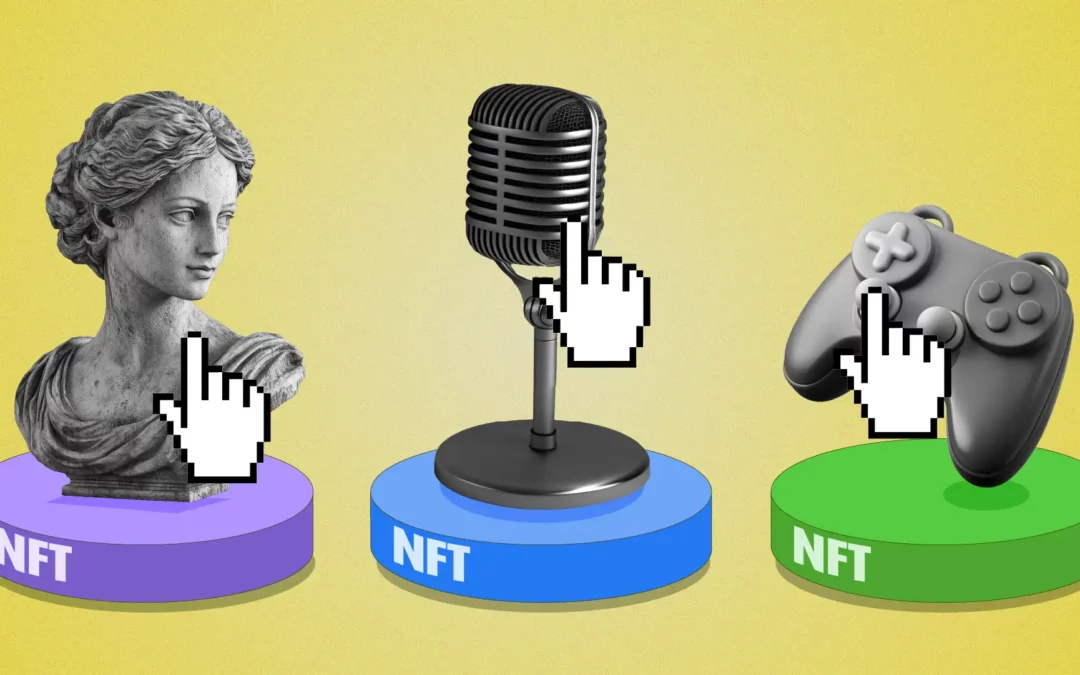In the past, proving ownership of digital content like art, music, or even tweets was nearly impossible. Anyone could copy, paste, and share it without leaving a trace of the original creator or rightful owner. That’s where NFTs (non-fungible tokens) come in. But how exactly do they prove ownership of digital assets? Let’s break it down in simple terms.
What is an NFT?
An NFT is a unique digital token stored on a blockchain. Unlike cryptocurrencies such as Bitcoin or Ethereum, which are interchangeable, each NFT has distinct metadata and information that makes it one-of-a-kind. Think of it as a digital certificate of authenticity.
The Role of Blockchain in Ownership
When someone creates or buys an NFT, the transaction is recorded on a blockchain. This record is permanent, transparent, and cannot be altered. It shows the original creator and every subsequent owner, creating a clear ownership history that anyone can verify.
Why Can’t NFTs Be Duplicated?
The digital artwork or file itself can still be copied, but the ownership rights tied to the NFT cannot. The blockchain acts like a decentralized ledger, ensuring that even if thousands of copies exist, only one person holds the verifiable proof of ownership—the NFT itself.
Real-World Analogy
Imagine owning a signed painting by a famous artist. Copies of the painting can hang in homes worldwide, but only one person has the signed original. NFTs bring this same concept into the digital world, giving creators and collectors a way to claim authentic ownership.
Why It Matters
For artists, NFTs protect intellectual property and create new revenue streams. For buyers, they offer proof of authenticity and ownership of a digital collectible. This combination is what’s driving the explosive growth of NFTs across art, gaming, music, and beyond.

